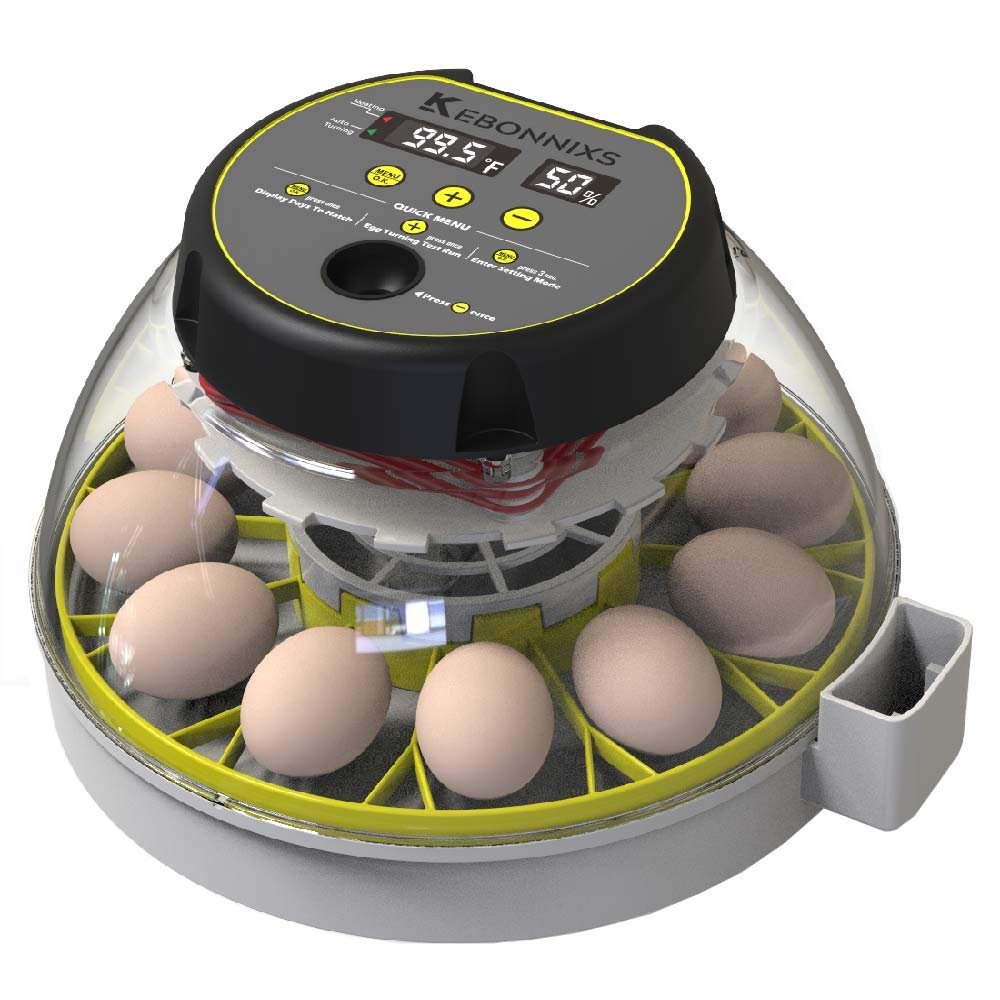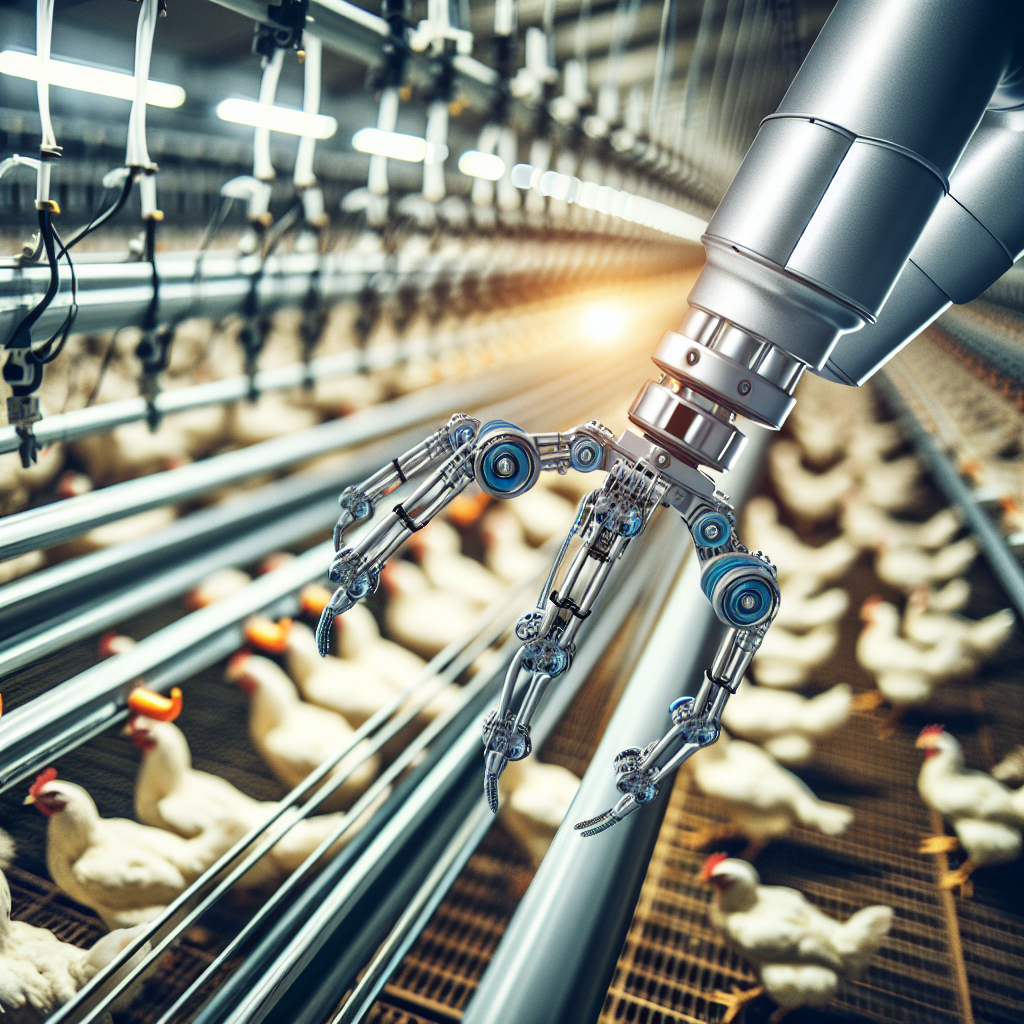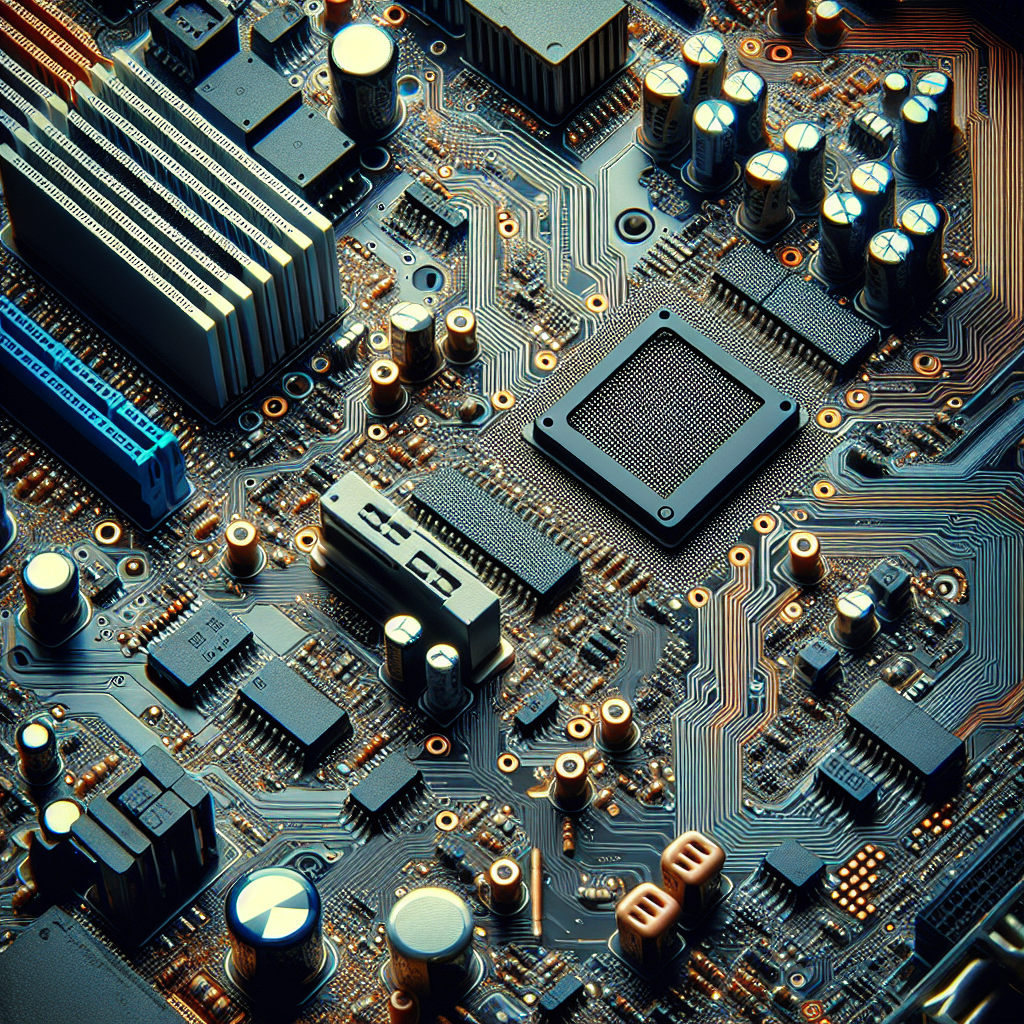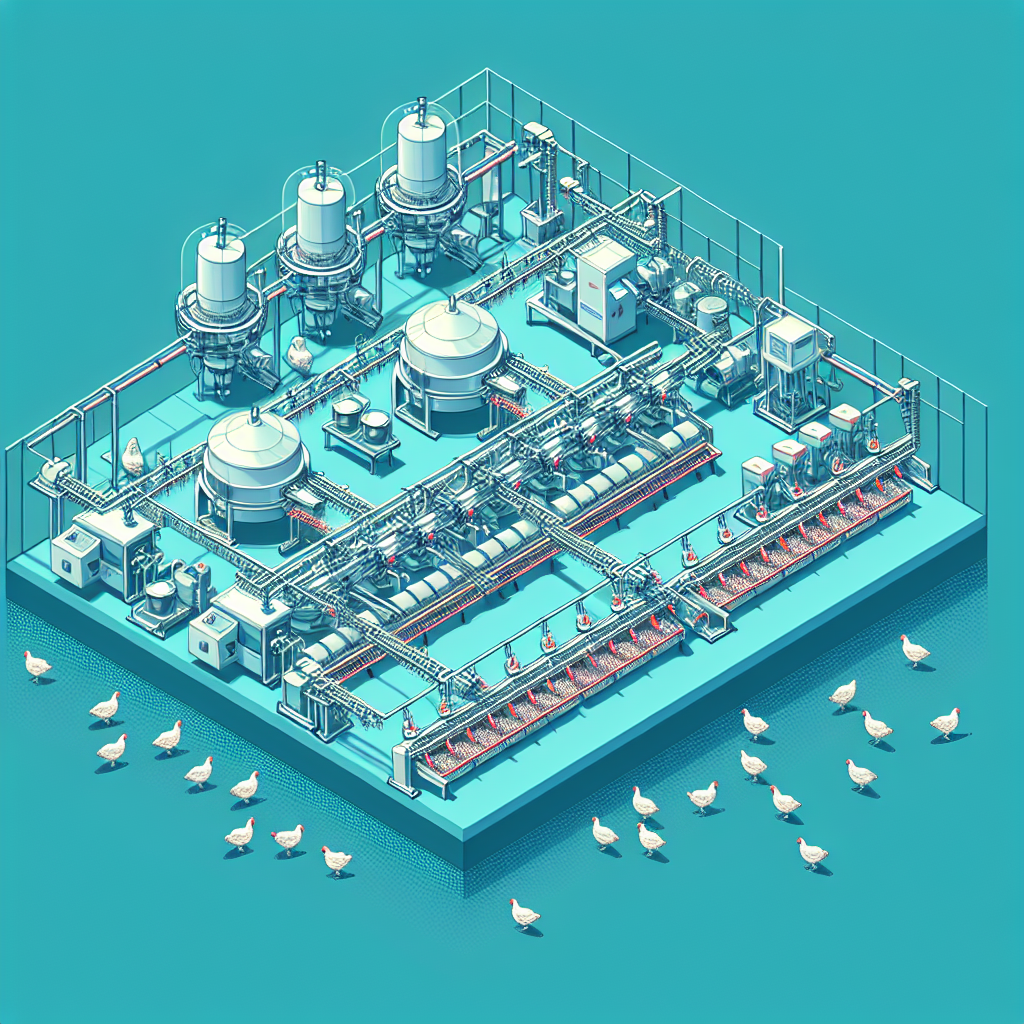In today’s rapidly evolving world, advancements in technology have permeated every aspect of our lives, even in areas we least expect. And when it comes to chicken care and management, it’s no different. From innovative monitoring systems to high-tech feeding techniques, the latest technological advancements in chicken care have revolutionized the way we nurture and safeguard our feathered friends. So if you’ve ever wondered what exciting developments are shaping the poultry industry, this article is here to shed light on all the cutting-edge solutions that are helping chicken farmers raise healthier, happier, and more productive flocks.
Introduction
In recent years, technological advancements have revolutionized various industries, and the field of chicken care and management is no exception. From innovations in chicken housing and environment to improvements in poultry nutrition and disease management, these technological developments are enhancing the efficiency, productivity, and welfare of chickens. In this article, we will explore the latest advancements in chicken care and management, highlighting the benefits they bring to farmers and the broader poultry industry.
1. Innovations in Chicken Housing and Environment
1.1 Vertical Farming and High-Rise Coops
Vertical farming, a concept that involves growing crops in vertically stacked layers, is also making its way into chicken farming. High-rise coops are being designed to maximize space utilization while providing ample room for chickens to move around. These vertical structures not only optimize land use but also allow for better control of environmental factors such as lighting and temperature, ultimately leading to improved chicken welfare and productivity.
1.2 Climate Control Systems
Climate control systems play a crucial role in chicken housing, ensuring optimal temperature, humidity, and ventilation levels. Advanced technologies are now enabling farmers to monitor and regulate these conditions more effectively. Automated climate control systems use sensors and actuators to adjust environmental parameters in real time, creating a comfortable and stress-free environment for chickens. These systems not only improve chicken health but also contribute to energy efficiency and cost savings.
1.3 Automated Waste Management
Efficient waste management is essential in chicken farming to prevent the accumulation of harmful substances and maintain optimal hygiene levels. Automated waste management systems are being developed to streamline this process. These systems use specialized equipment to collect, transport, and dispose of chicken waste, reducing manual labor and potential environmental hazards. By automating waste management, farmers can ensure cleaner and healthier living conditions for their chickens.
2. Advances in Chicken Health Monitoring and Disease Management
2.1 Wearable Technology for Chicken Health
Wearable technology is not limited to humans anymore, as it has found its way into the realm of animal care. For chickens, wearable devices are being utilized to monitor various health parameters such as heart rate, respiratory rate, and activity levels. These devices, usually in the form of smart leg bands or collars, provide real-time data on chicken health, allowing farmers to proactively identify any signs of illness or distress. Early detection of health issues enables prompt intervention and minimizes the risk of disease spread within flocks.
2.2 Genetic Modification for Disease Resistance
Genetic modification techniques are being employed to enhance disease resistance in chickens. Through gene editing or selective breeding, scientists are developing chickens with improved immune systems, making them more resistant to common poultry diseases. This advancement not only reduces the risk of disease outbreaks but also decreases the reliance on antibiotics and other medications. By harnessing the power of genetics, farmers can better protect their flocks, leading to healthier and more sustainable chicken farming practices.
2.3 Sensor-based Disease Detection
Sensor-based disease detection systems are emerging as a vital tool in chicken health management. These systems utilize advanced sensors to detect early signs of diseases or infections in chickens. By continuously monitoring factors such as body temperature, behavior patterns, and feed consumption, these sensors can alert farmers to potential health issues. Early detection enables timely intervention, preventing the spread of diseases and enabling targeted treatment strategies.
3. Automation and Robotics in Chicken Farming
3.1 Robotic Feeding and Watering Systems
Automation and robotics technology are revolutionizing the way chickens are fed and provided with water. Robotic feeding systems can precisely distribute feed, ensuring each chicken receives the required amount of nutrition. Similarly, automated watering systems use sensors and actuators to provide a constant supply of clean water. These technologies not only reduce the labor required for manual feeding and watering but also minimize waste and improve feed and water quality.
3.2 Automated Egg Collection
Automated egg collection systems have greatly improved efficiency and hygiene in egg production. These systems use robotic arms or conveyor belts to carefully collect eggs from the nesting areas, reducing the risk of breakage or contamination. Automated egg collection not only eliminates the need for manual labor but also improves egg quality and reduces costs associated with post-collection egg handling and sorting.
3.3 Drone Technology for Surveillance
Drones have become valuable tools in chicken farming, particularly for surveillance and monitoring purposes. Equipped with cameras and sensors, drones can provide an aerial view of the farm, allowing farmers to monitor the flock’s behavior, identify potential threats, and assess the overall farm condition. Drones enable faster and more accurate data collection, facilitating proactive decision-making and enhancing farm security.
4. Data Analytics and Artificial Intelligence in Chicken Management
4.1 Predictive Analytics for Production Optimization
Data analytics and artificial intelligence (AI) are transforming chicken management by enabling predictive modeling and optimization. By analyzing historical data on factors such as feed composition, environmental conditions, and growth patterns, predictive analytics algorithms can forecast future production outcomes. This information helps farmers optimize feed formulations, production schedules, and resource allocation, resulting in improved productivity and cost-efficiency.
4.2 Machine Learning for Feed Formulation
Machine learning algorithms are being utilized for feed formulation, ensuring that chickens receive the ideal nutritional balance. These algorithms consider various factors such as chicken age, breed, and desired growth rate to recommend accurate feed compositions. By leveraging the power of machine learning, farmers can create customized and optimized feed formulations, leading to healthier and more productive chickens.
4.3 Smart Systems for Egg Sorting and Grading
Egg sorting and grading are critical processes in the poultry industry. Smart systems are being developed to automate these tasks efficiently. Using advanced imaging technology and machine learning algorithms, these systems can accurately sort and grade eggs based on parameters such as size, weight, and quality. By automating the sorting and grading process, farmers can minimize manual labor, improve accuracy, and enhance overall egg quality.
5. Improved Poultry Nutrition and Feed Technology
5.1 Precision Feeding Programs
Precision feeding programs are revolutionizing poultry nutrition by providing individualized feeding regimes for chickens. By installing sensors in feeding equipment, these programs can monitor chicken behavior and adjust feed portion sizes accordingly. Precision feeding optimizes nutrition while minimizing waste, leading to improved feed efficiency and reduced environmental impact.
5.2 Nutrigenomics and Customized Diets
Nutrigenomics, the study of how nutrition impacts gene expression, is being harnessed to develop customized diets for chickens. By analyzing the genetic makeup of chickens, scientists can tailor feed formulations to meet the specific nutritional needs of different breeds or individual birds. Customized diets optimize growth, health, and productivity, ultimately benefiting both chickens and farmers.
5.3 Insect-Based Protein Supplements
Insect-based protein supplements are emerging as a sustainable and nutritious alternative to traditional feed sources in the poultry industry. Insects such as black soldier fly larvae are rich in protein and can be bred at scale. These insect-based supplements provide a cost-effective and environmentally-friendly protein source for chickens, reducing the reliance on traditional feed ingredients like soy or fishmeal.
6. Sustainable Solutions in Chicken Farming
6.1 Solar-Powered Poultry Farms
Solar power is being leveraged to make poultry farming more sustainable and environmentally-friendly. Solar panels installed on chicken housing units can generate clean energy to power various farm operations. Solar-powered poultry farms reduce reliance on fossil fuels, lower operational costs, and decrease greenhouse gas emissions, contributing to a greener and more sustainable poultry industry.
6.2 Water Conservation Technologies
Water conservation technologies are crucial in addressing the water-intensive nature of chicken farming. Advanced systems for water collection, filtration, and reuse are being developed to minimize water wastage. These technologies help farmers reduce water consumption, conserve natural resources, and meet sustainability goals, all while maintaining the necessary water supply for the flock’s needs.
6.3 Waste-to-Energy Systems
Waste-to-energy systems offer sustainable solutions to chicken farming’s waste management challenges. By utilizing anaerobic digestion or other innovative technologies, organic waste from the farm can be converted into biogas or biofuels for energy generation. This promotes circular economy principles, reducing reliance on traditional energy sources and minimizing environmental impact through efficient waste utilization.
7. Enhancements in Chicken Genetics and Breeding
7.1 Genomic Selection for Desired Traits
Advancements in genomic selection enable precise breeding for desired traits in chickens. By analyzing the genetic markers associated with traits such as growth rate, egg production, or disease resistance, breeders can selectively breed chickens with superior characteristics. Genomic selection accelerates the genetic improvement process, leading to more productive and resilient chicken breeds.
7.2 Reproductive Technologies
Reproductive technologies, such as artificial insemination and embryo transfer, are revolutionizing chicken breeding programs. These techniques allow breeders to optimize genetic combinations and enhance desired traits while maintaining genetic diversity. Reproductive technologies improve breeding success rates, shorten breeding cycles, and enable the preservation of valuable genetic resources.
7.3 Genetically Modified Poultry
Genetic modification techniques are being explored to introduce specific traits or modifications in poultry. Researchers are investigating methods to enhance traits like disease resistance, feed utilization efficiency, or even feather colors through genetic engineering. While genetically modified poultry is still in the experimental stage, it has the potential to revolutionize various aspects of chicken farming, contributing to improved productivity and sustainability.
8. Biosecurity and Disease Prevention Measures
8.1 AI-Powered Monitoring Systems
Artificial intelligence-powered monitoring systems are becoming a vital tool in biosecurity and disease prevention in chicken farms. These systems use AI algorithms to analyze data from various sources, including sensor networks, satellite imagery, and historical disease records. By detecting patterns and anomalies in the data, these systems can predict disease outbreaks, identify potential biosecurity breaches, and facilitate early intervention and preventive measures.
8.2 Biocontainment Strategies
Biocontainment strategies are essential to prevent the spread of diseases within chicken farms. Innovations in physical barriers, ventilation systems, and disinfection technologies are instrumental in creating secure biocontainment facilities. These strategies minimize the risk of cross-contamination and prevent the introduction of pathogens, safeguarding the health and well-being of chickens.
8.3 Vaccination Innovations
Vaccination has long been a critical tool in chicken disease prevention. Recent advancements in vaccine technology are making vaccination more efficient and effective. Novel vaccine delivery methods, such as edible vaccines or DNA-based vaccines, are being explored to simplify administration and improve immune response in chickens. As a result, vaccination innovations contribute to better disease control and reduced reliance on antibiotics.
10. Advances in Chicken Welfare and Ethical Farming Practices
10.1 Enriched Living Environments
Advances in chicken welfare focus on creating enriched living environments that meet the needs of chickens and promote their well-being. Enrichment techniques include providing perches, nest boxes, and dust-bathing areas to mimic natural behaviors. Enriched living environments not only enhance chicken welfare but also lead to improved productivity and behavioral indicators, promoting ethical farming practices.
10.2 Non-Invasive Monitoring of Stress Levels
Non-invasive monitoring methods are being developed to assess chicken stress levels without causing undue harm or distress. These methods involve measuring stress indicators such as heart rate variability, vocalizations, or feather condition using non-contact or remote sensing technologies. By monitoring stress levels, farmers can implement appropriate interventions to mitigate stressors and ensure the overall welfare of their flocks.
10.3 Animal Welfare Certifications
Animal welfare certifications, such as the Global Animal Partnership (GAP) program, are gaining traction in the poultry industry. These certifications provide guidelines and standards for ethical chicken farming practices, addressing aspects such as housing conditions, animal handling, and access to outdoor areas. By obtaining animal welfare certifications, farmers demonstrate their commitment to ensuring the highest standards of animal welfare and meet consumer demand for ethically-produced chicken products.
In conclusion, the latest technological advancements in chicken care and management offer numerous benefits to farmers and the poultry industry as a whole. From innovative housing and environmental solutions to improved disease management and welfare practices, these advancements contribute to enhanced efficiency, productivity, and animal well-being. By embracing these technologies, chicken farmers can not only meet the growing global demand for poultry products but also contribute to a more sustainable and ethical farming future.




